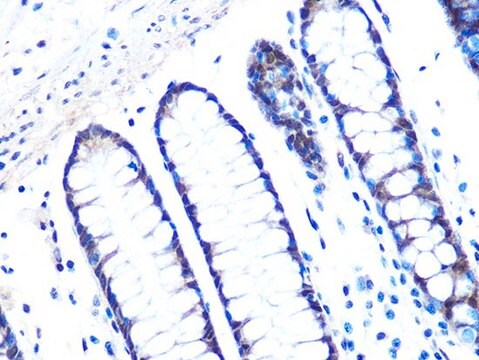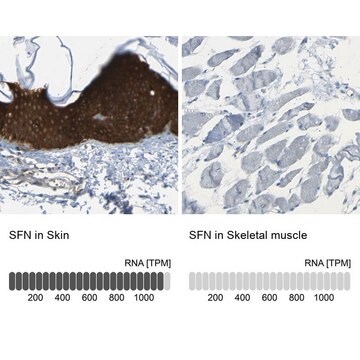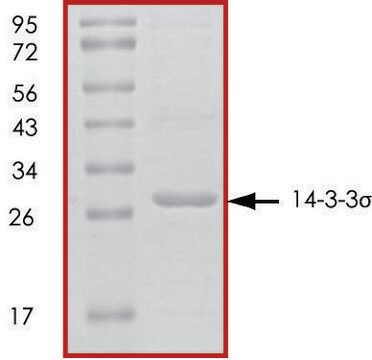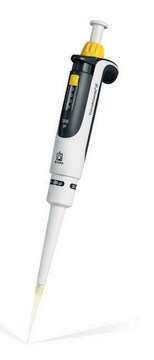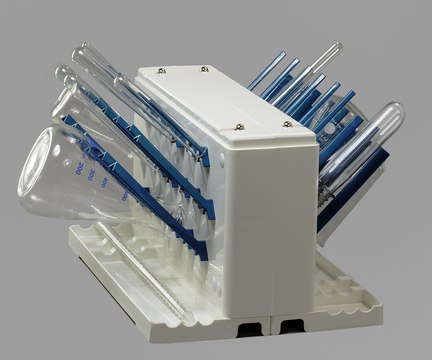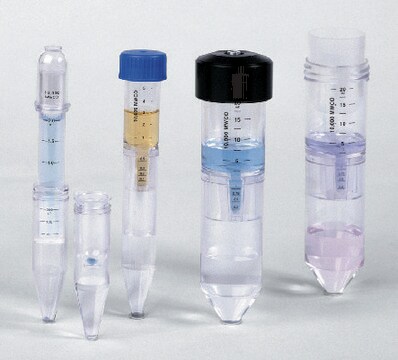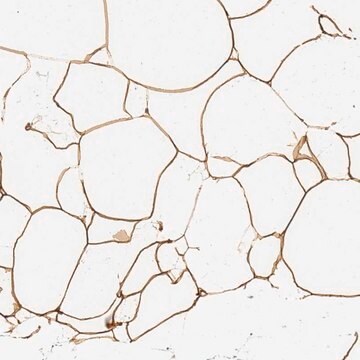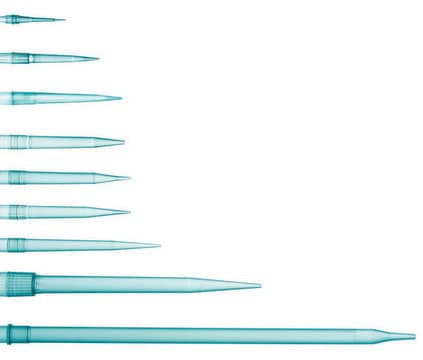PLA0201
Rabbit anti-14-3-3 Sigma Antibody, Affinity Purified
Powered by Bethyl Laboratories, Inc.
Synonym(s):
14-3-3 sigma, Stratifin, YWHAS, epithelial cell marker protein 1
About This Item
Recommended Products
biological source
rabbit
Quality Level
antibody form
affinity purified immunoglobulin
antibody product type
primary antibodies
grade
Powered by Bethyl Laboratories, Inc.
species reactivity
human
technique(s)
immunohistochemistry: 1:2,000-1:10,000
immunoprecipitation (IP): 2-5 μg/mg
western blot: 1:2,000- 1:10,000
accession no.
NP_006133.1
shipped in
wet ice
storage temp.
2-8°C
target post-translational modification
unmodified
Gene Information
human ... SFN(2810)
General description
Immunogen
Application
Biochem/physiol Actions
Physical form
Other Notes
Disclaimer
Not finding the right product?
Try our Product Selector Tool.
Storage Class Code
12 - Non Combustible Liquids
WGK
nwg
Flash Point(F)
Not applicable
Flash Point(C)
Not applicable
Choose from one of the most recent versions:
Certificates of Analysis (COA)
Don't see the Right Version?
If you require a particular version, you can look up a specific certificate by the Lot or Batch number.
Already Own This Product?
Find documentation for the products that you have recently purchased in the Document Library.
Our team of scientists has experience in all areas of research including Life Science, Material Science, Chemical Synthesis, Chromatography, Analytical and many others.
Contact Technical Service